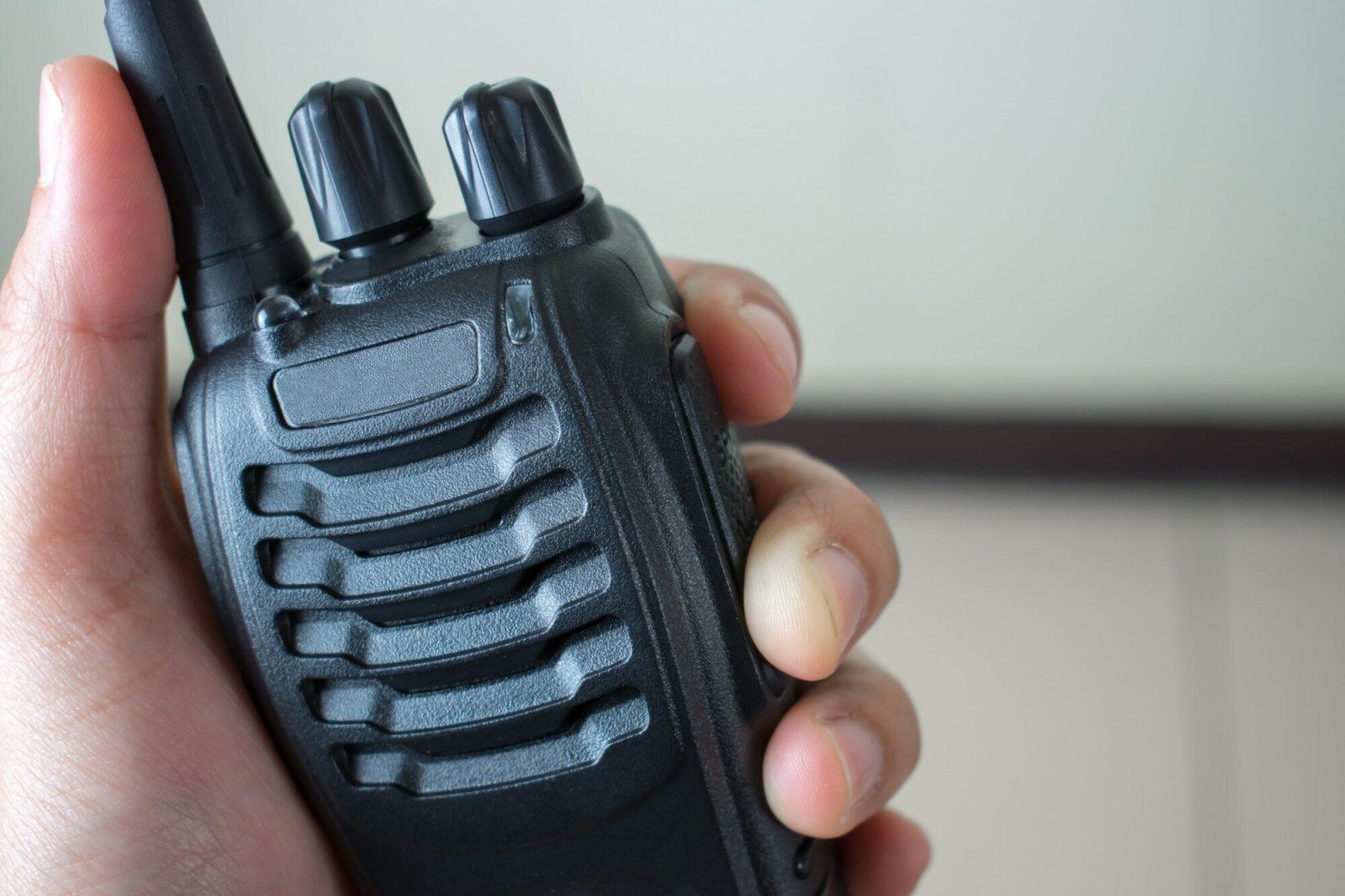Introduction to Emergency Communication Tools
Emergency Communication Tools have become a cornerstone of safety and crisis management in modern workplaces, healthcare, schools, and public institutions. With the rapid advancement of technology, traditional methods like alarms, sirens, and phone trees are no longer enough to ensure effective communication. Today, Emergency communication tools are evolving with the integration of artificial intelligence (AI), making them faster, smarter, and more reliable in preventing risks and saving lives.
The Role of AI in Emergency Communication Tools
AI is transforming how Emergency Communication Tools work by introducing automation, predictive analysis, and real-time decision-making. Unlike traditional systems that only react to incidents, AI-driven Emergency Communication Tools can anticipate threats, analyze data patterns, and deliver targeted alerts instantly. This proactive approach ensures that organizations are not just responding to emergencies but actively working to prevent them.
Predictive Capabilities of AI-Powered Emergency Communication Tools
One of the most significant advantages of AI integration is prediction. AI-driven Emergency Communication Tools can analyze environmental data, employee health metrics, weather conditions, and sensor inputs to forecast possible risks. For example, in manufacturing plants, these tools can detect abnormal machine vibrations and alert workers before a breakdown occurs. By using predictive analytics, Emergency Communication Tools reduce downtime, accidents, and operational disruptions.
Real-Time Alerts and Automation in Emergency Communication Tools
Speed is crucial in emergencies, and AI-powered Emergency Communication Tools excel in real-time response. Through automation, these systems can instantly send safety alerts via text, mobile apps, email, and voice announcements. AI algorithms determine the severity of the situation and prioritize communication channels for maximum impact. This ensures the right message reaches the right people at the right time.
Personalization in Emergency Communication Tools
Not all emergencies affect people equally. AI enables Emergency Communication Tools to personalize alerts based on an individual’s location, role, and risk level. For example, during a fire, evacuation routes may vary depending on where employees are located in a building. AI-driven personalization ensures that everyone receives instructions tailored to their immediate needs, reducing confusion and saving time.
Enhancing Safety in Workplaces with Emergency Communication Tools
Modern workplaces are adopting AI-driven Emergency Communication Tools to strengthen employee safety. These tools can monitor compliance, detect unsafe practices, and instantly notify supervisors. For industries like construction, mining, and energy, where hazards are frequent, Emergency Communication Tools provide an essential layer of protection by ensuring rapid communication and intervention.
Emergency Communication Tools in Healthcare
Healthcare facilities require quick and accurate communication during emergencies. AI-driven Emergency Communication Tools are capable of identifying critical patients, notifying relevant staff instantly, and streamlining emergency responses. For example, during a medical crisis, AI-powered tools can notify doctors, nurses, and emergency teams simultaneously, ensuring no time is wasted. These tools also enhance hospital disaster preparedness for events like fires, pandemics, or natural disasters.
Emergency Communication Tools for Public Safety
Governments and municipalities use Emergency Communication Tools to safeguard communities during disasters such as earthquakes, floods, or terrorist attacks. AI enhances these systems by predicting high-risk zones, automating mass notifications, and analyzing real-time data from surveillance and social media. AI-powered Emergency Communication Tools provide law enforcement and emergency responders with faster insights, improving coordination and minimizing chaos.
Integration of Emergency Communication Tools with IoT
The Internet of Things (IoT) plays a crucial role in AI-driven Emergency Communication Tools. By connecting sensors, wearables, and smart devices, these tools create a fully integrated safety network. For instance, wearable devices can detect falls, exposure to harmful gases, or abnormal heart rates, and instantly trigger alerts. This IoT integration ensures that Emergency Communication Tools provide continuous monitoring and rapid intervention.
Data-Driven Decision Making in Emergency Communication Tools
AI-driven Emergency Communication Tools rely on big data to make smart decisions. They collect and analyze information from multiple sources, such as weather reports, workplace sensors, and security systems. By processing this data in real time, Emergency Communication Tools generate actionable insights that help organizations respond more effectively. This data-driven approach strengthens preparedness and builds resilience against future risks.
Challenges and Considerations for AI-Driven Emergency Communication Tools
While the benefits are significant, AI-driven Emergency Communication Tools also face challenges. Privacy concerns, cybersecurity threats, and implementation costs are some of the hurdles organizations must overcome. Ensuring that these systems comply with regulations and data protection laws is essential. Moreover, AI requires continuous updates and training to remain effective, making ongoing investment a necessity.
The Future Outlook of Emergency Communication Tools
Looking ahead, Emergency Communication Tools will continue to advance with AI innovations such as natural language processing, voice recognition, and predictive crisis modeling. Future systems may be capable of simulating different emergency scenarios and automatically recommending the best response strategies. As AI becomes more sophisticated, Emergency Communication Tools will evolve into comprehensive safety ecosystems that integrate seamlessly into everyday operations.
Conclusion
Emergency Communication Tools are no longer just about sending alerts—they are about building proactive, intelligent systems that prevent, predict, and respond to crises. AI-driven Emergency Communication Tools represent the future of safety across workplaces, healthcare, public safety, and beyond. By combining real-time data, predictive analytics, and automation, these tools ensure faster responses and better protection. As organizations adopt AI, Emergency Communication Tools will play a central role in saving lives and creating safer environments worldwide.



